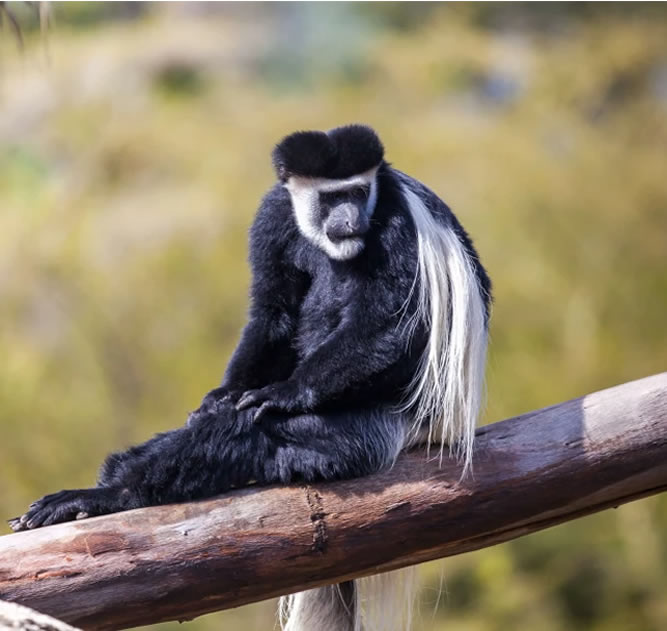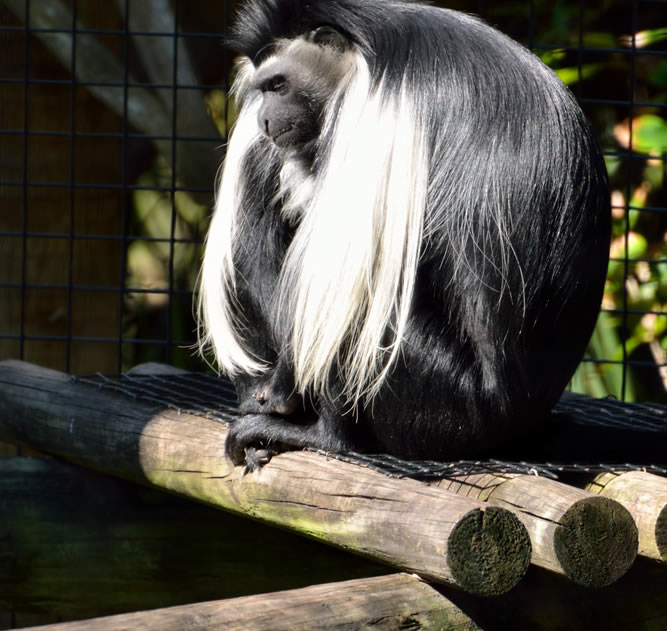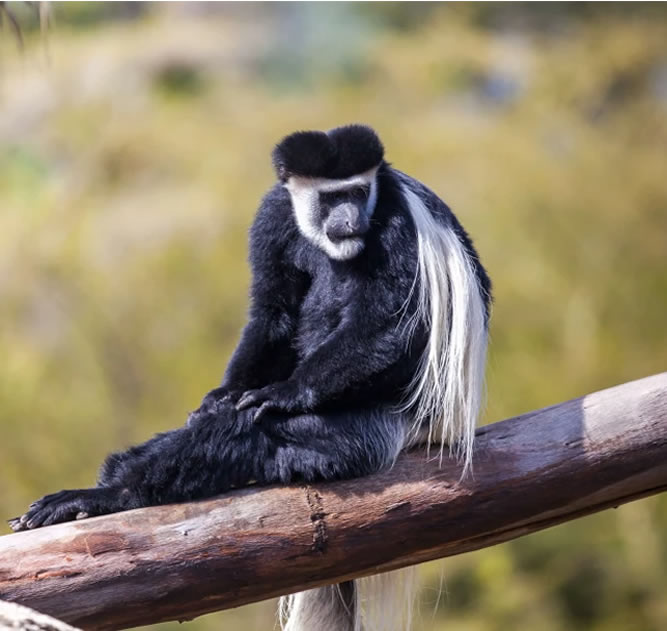


| Days | Day Trip |
|---|---|
| Highlights | Sightseeing Tours, Adventure Tours |
| Transport | Jeep afari / Van |
A half-day trip to Colobus Trust is a fantastic way to learn about the conservation of the endangered colobus monkeys in Kenya, particularly along the coast near Diani Beach. The Colobus Trust is dedicated to protecting these monkeys and their habitats, and the organization runs various activities that allow visitors to get involved and understand their conservation efforts.
As your safari begins, you’re welcomed by the fresh morning air, the sounds of birds and distant wildlife, and the sight of a vast African landscape stretching before you.
Experience the fascinating landscape of the rainforest near the coast of Kenya and observe the fantastic world of wildlife species!
Itinerary:
Day 1: Shimba Hills N.R. – Shimba Hills Lodge (D)
In the afternoon you leave your hotel and head for the Shimba Hills Reserve. After a short safari you are welcomed with a drink for an unforgettable sunset at Shimba Hills Rain Forest Logde. Shimba Hills is the only park where the rare sable antelope can be observed. At dinner time you can watch the animals at the lighted water hole. The lodge is the only tree hotel on the entire coast. Overnight stay at the lodge.
Day 2: Shimba Hills N.R. – Coast (B)
In the sunrise we start off with a safari having good chances to watch leopards, buffaloes, sable antelopes, giraffes, buffaloes, elephants and various species of antelopes. After breakfast at the lodge we take you back to your hotel on the coast.
PRICE INCLUDES
Transport in a Mini Van with open roof and window seat guaranteed
Transfers, sightseeing, roundtrip and visits as per tour programme
1 liter mineral water per person/day
Entrance fees
Qualified English-speaking local tour guide/driver
PRICE DO NOT INCLUDE
International flight.
Visa for Kenya (about USD 50)
Beverages
Tips
June to October and January and February
June to October and December to March
April and May
June to October
March, April and May (Peak of the Wet season)
GROUP OR PRIVATE, 4×4 JEEP SAFARI Kwetu Safari Safari Tour features Days 8 Days 7 Nights Highlights Sightseeing Tours, Adventure Tours, Safari Tours…
GROUP OR PRIVATE, 4×4 JEEP SAFARI WILD CHEKERS SAFARI Tour features Days 9 Days 8 Nights Highlights Sightseeing Tours, Adventure Tours, Safari Tours…
GROUP OR PRIVATE, 4×4 JEEP SAFARI True African wilderness safari Tour features Days 9 Days 8 Nights Highlights Sightseeing Tours, Adventure Tours, Safari…
Trustindex verifies that the original source of the review is Google. Trustindex verifies that the original source of the review is Google. Trustindex verifies that the original source of the review is Google. Trustindex verifies that the original source of the review is Google. Trustindex verifies that the original source of the review is Google. Trustindex verifies that the original source of the review is Google. Trustindex verifies that the original source of the review is Google. Trustindex verifies that the original source of the review is Google. Trustindex verifies that the original source of the review is Google. Trustindex verifies that the original source of the review is Google.
Best Memory Safaris operates on excursions and safaris in East Africa. we also offer tailor made tour programs which specially fit your travel plan, including Mountain trekking,walking safaris and Social project visits. Our Kenyan office is located on the South Coast of Mombasa at Diani Beach and managed by a Team of seasoned professionals. We pride over 15 years experience and international class exposure in safari business.
No WhatsApp Number Found!
WhatsApp us